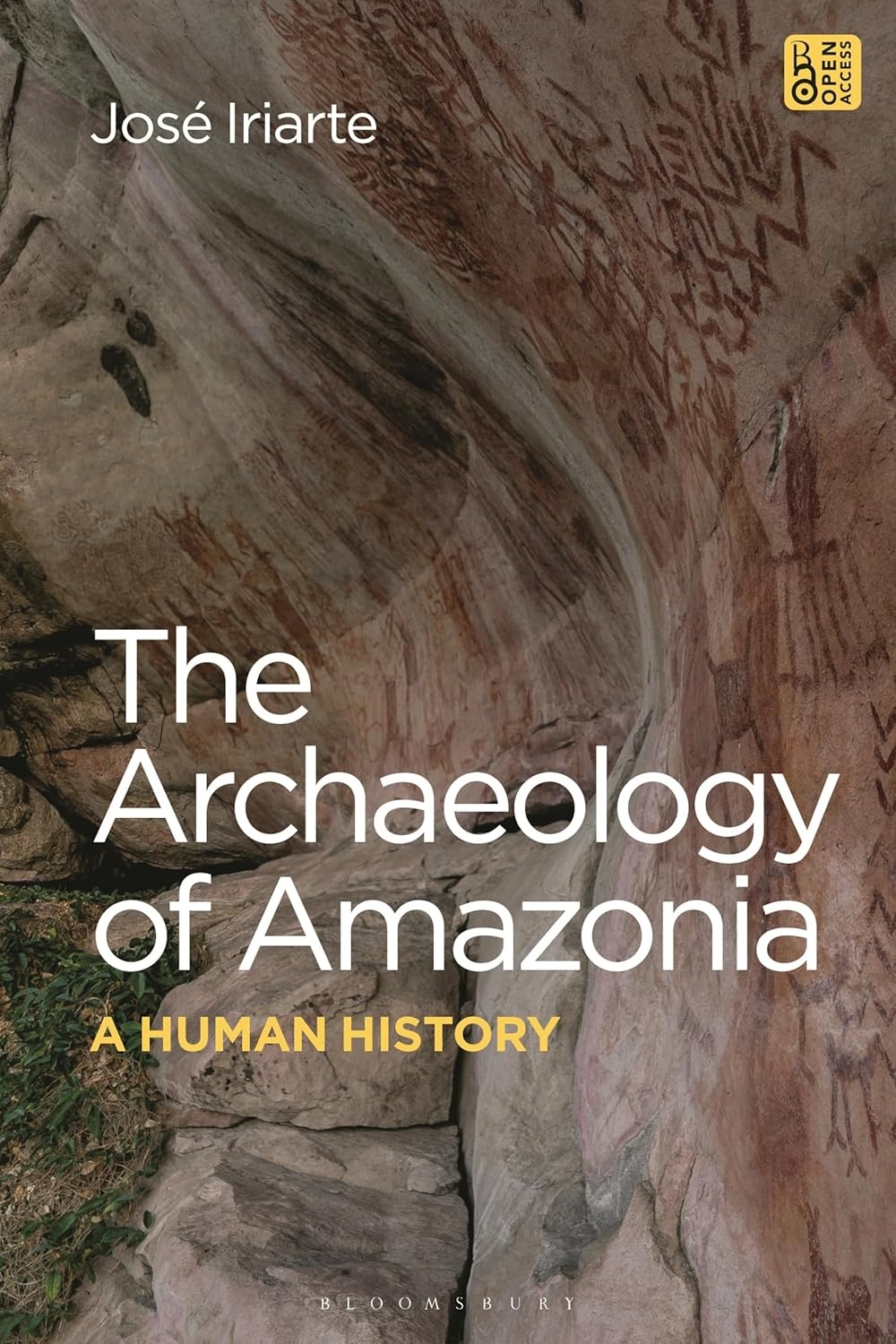The Archaeology of Amazonia demonstrates how Amazonia's current diversity of landscapes and people are deeply rooted in prehistory with lasting repercussions on today's rainforests. Among the major achievements of ancient Amazonian peoples were the domestication of globally important crops, including manioc, cacao, rice, yams and sweet potato, manufactured America's first ceramics, engineered the landscape for sustainable food production, built massive geometric ceremonial structures, and had distinctively complex, early urban polities that can rival any civilization of antiquity.
Amazonia is currently facing a crisis and lessons from its traditional peoples are more urgent than ever. The extraordinary archaeological discoveries of recent years are not just spectacle, but represent the history of a way of life that is rapidly disappearing, and on which the Amazonian rainforest as a major reservoir of biodiversity, and in turn all humanity, depends. By connecting the past to the present and bringing to light the critical role of today's indigenous and traditional lands in providing a barrier to deforestation under current climate and political pressures, The Archaeology of Amazonia lays out the way ahead to a more socially responsible future of rainforest management.
Table of Contents
List of Figures
Preface
Acknowledgements
Chapter 1: A Counterfeit Paradise? The Mythology of Amazonian Ecology
Chapter 2: Biocultural Hotspot: Amazonian Peoples, Landscapes and Climates
Chapter 3: Into the Unknown: Peopling Amazonia
Chapter 4: Transforming the Garden of Eden: Creating New Plants and Environments
Chapter 5: From the Early to the Mid-Holocene
Chapter 6: The Emergence of Tropical Forest Agricultures
Chapter 7: Regional Florescence during the late Holocene
Chapter 8: Green cities: tropical urbanism in Amazonia
Chapter 9: The Columbian Encounter
Chapter 10. Lessons from the Past for a Challenging Future: Revitalising Forest Traditional
Chapter 11: Conclusions
Notes
Bibliography
Index





















